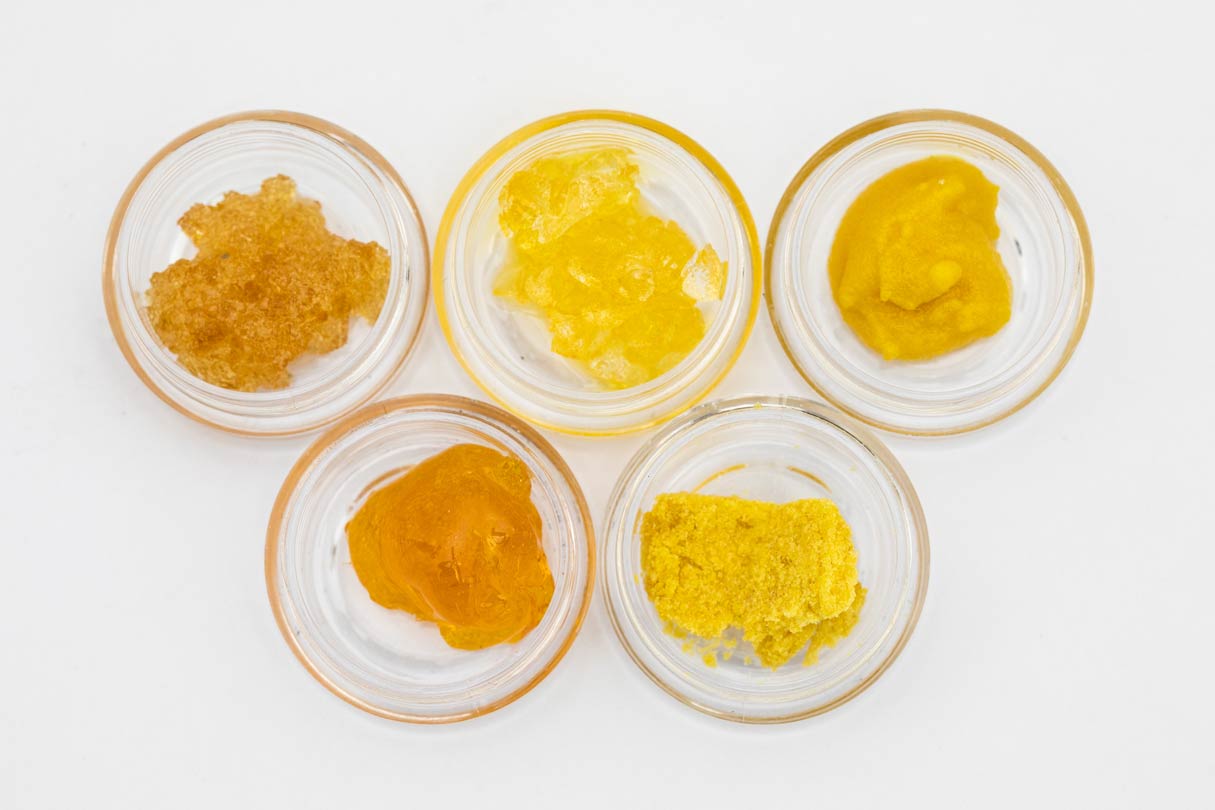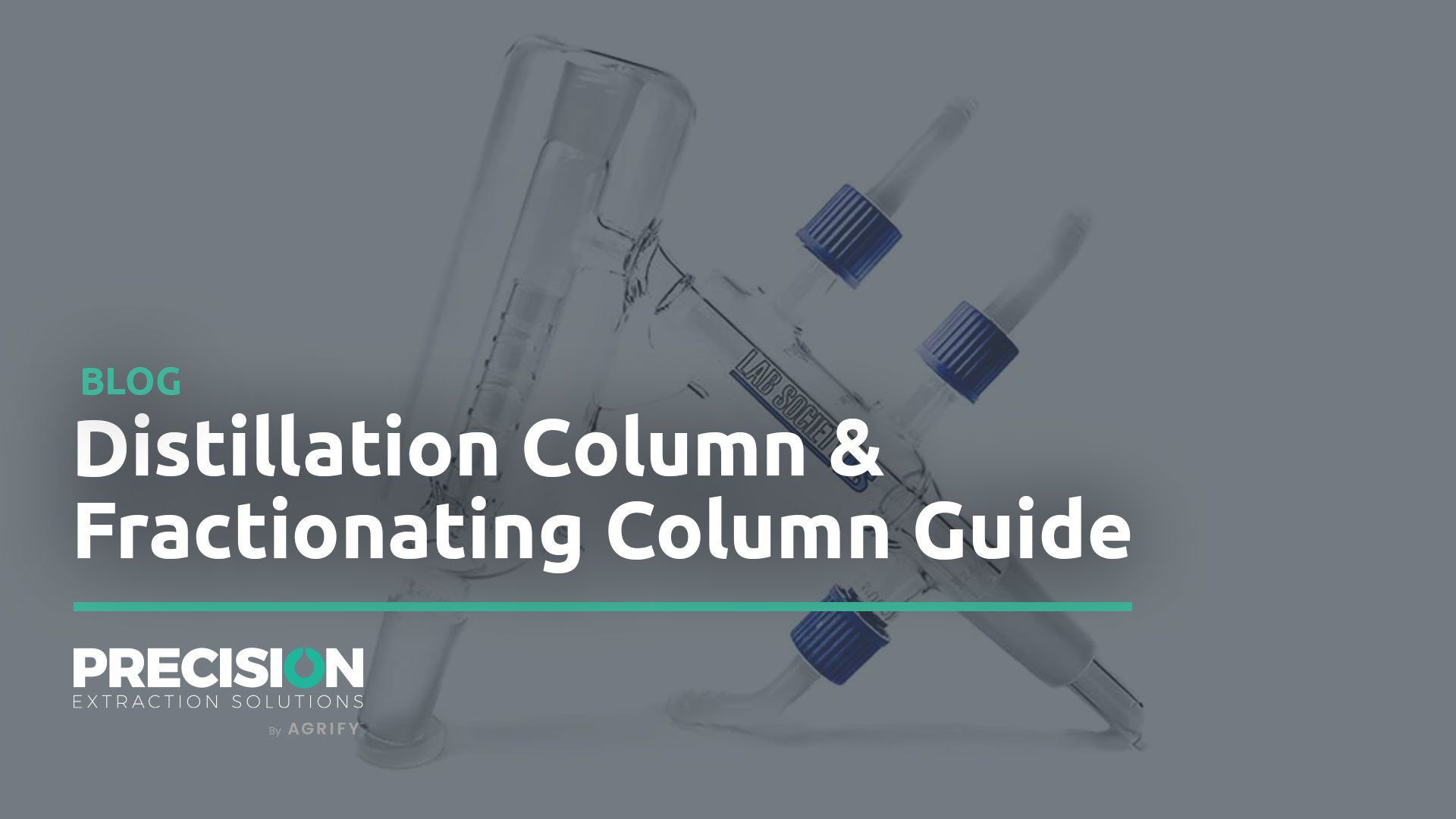Wondering How to Make Cannabis Extracts?
As the Cannabis industry continues to grow, we see more and more cannabis products enter the market. Which, if you’re like most people getting started, leaves you with a lot of questions around the types of extraction methods used and what different types of extracts you can make.
Different Types of Cannabis Extracts
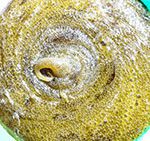 Live Resin Extract
Live Resin Extract
What is Live Resin and what makes it different?
“Live Resin is the process of harvesting the plant while it’s still, technically, ‘alive.’ You’re harvesting the plant, you’re not drying the plant, and what you’re doing is taking those flowers and putting them into a vacuum-like food saver device and freezing them right away. Once we have this material harvested and we have it frozen in vacuum bags, ultimately, what we’re going to do is we’re going to extract it using Hydrocarbon extraction.”
Why is Hydrocarbon the preferred extraction method for Live Resin?
“We use Hydrocarbon solvent because it is a very gentle process. Hydrocarbons will take those cannabinoids and those terpenes out without disturbing a lot of the other plant-based matrices that are in there. Our end result is a cannabis extract that is very close to the native plant. When you smell the extract of the plant that we’ve extracted via a Live Resin process, you’ll smell the original orientation of that plant; It’ll have those original flavors, and they’ll be extremely robust. The freshness is preserved and we eliminate the oxidation and degradation.”
“With Live Resin, we’re always focused on preserving that “natural state” of the plant. We’re focused on freezing that biomass right away, and we’re focused on extracting it at extremely cold temperatures to retain our terpenes, ultimately to extract the cannabinoids in a very gentle fashion. which leaves us with a highly desired cannabis extract product that is artisanal, and a vast majority of consumers enjoy in terms of their satisfaction of consumption as well as their ability to taste and smell the product.”
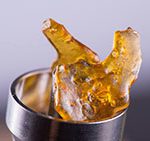 Shatter Extract
Shatter Extract
What is Shatter and what extraction method is used??
“Shatter is a form of cannabis extract that is a hard, translucent concentrate similar in texture and appearance to glass…Shatter, first and foremost, is always made with hydrocarbon extraction. The preparation of the biomass is almost always under every circumstance dried almost to 5% or lower humidity. We want to avoid a lot of that water that would be pulled out with the solvent and we want to extract that product at a cold temperature.”
Why is it so important to extract Shatter at a cold temperature?
“We want to extract the product at a cold temperature to avoid a lot of the lipids and fat profiles that you might create by extracting with a warmer temperature solvent. Hydrocarbon solvent is ideal for this extraction method because not only can we extract it with hydrocarbon cold, but it’s hydrophobic so that the water is going to be separated very easily from the Hydrocarbon. In addition, it’s going to extract the cannabinoid profile, and extract those terpenes and leave behind – because of the cold temperature – a lot of those fats, waxes, and other adulterants that we don’t want in our end product. Once we have our Shatter, we want to vacuum oven purge it. Not only do we have a solvent-free product, but purging out the residual solvents and the terpenes is also going to take away some of that added viscosity and get that product to the point where it’s like a glass-like consistency.”
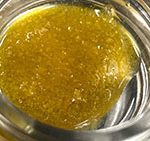 Craft Concentrates
Craft Concentrates
What about Craft Concentrates like Diamonds and Terp Sauce Extracts?
“Terpenes are quite volatile compounds, and any sort of heat will cause degradation. Even just being in the atmosphere for too long can degrade those Terpenes. In general, terpenes get degraded by heat; they get degraded by processes; they get degraded by solvents. So, the best way to preserve terpenes is by using a very light solvent like a light hydrocarbon solvent made up of a propane dominant blend for this extraction method.“
What makes a propane-dominant blend the optimal choice for these craft concentrates?
“Propane has a much lower boiling point, which means it’s much more volatile or easier to remove from the cannabis oil. Again, this is a cannbis extract that is absolutely in line with the original orientation of the plant, maintaining the original smells, flavors, terpenes, and uniqueness. It’s fascinating because you have such variety within these plants, and you have the ability to capture the native essence of that plant and to reconstitute it into several consumable forms. This is a massive value add for any extraction business creating different types of cannabis extracts.”
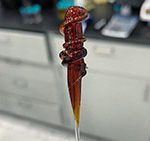 Crude Oil Extract
Crude Oil Extract
Why is Crude Oil extract a high volume extract?
“Crude Oil is exactly what it sounds like…. it’s a cannabis oil that has many adulterants in it, it requires a lot of refinement, and it needs to go through further post processes in order for it to be turned into a consumable form.”
What is the best way to process Bulk Crude Oil?
“So, what we’re looking to extract with crude oil is preferably dried biomass. Low-grade biomass that can be purchased cheap and ultimately refined into something of high value. We can maximize the extraction of the cannabinoids out of that biomass with a generally warmer solvent, which is where ethanol becomes applicable. It becomes really easy; it becomes user-friendly, and it becomes very cost-conscious.”
Can you still use hydrocarbon for Bulk Crude Oil extraction, or is ethanol preferred?
“You can still use Hydrocarbon, but it is not as efficient of an extraction method as ethanol is for bulk crude oil. What we are going to do is take our biomass and load it in. We’ll saturate it with ethanol for a given amount of time, and we take that miscella stream (the cannabinoids and all the other stuff that comes out of the plant), and we evaporate that solvent off. Once that solvents evaporated off, then we have our crude oil. Now, this crude oil still has all sorts of chlorophyll and other adulterants that came along with the plant. Generally, it’ll have a lot of fats, waxes, and lipids in there that come out of the plant in extractions. So there’s a variety of refinement processes to complete when using this cannabis extraction method.”
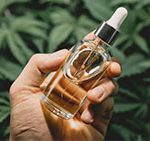 Distillates & Isolate Extracts
Distillates & Isolate Extracts
Many people refine crude oil into distillate – what are the most common refinement processes?
“Distillation would be an extraction process that removes and separates the cannabinoids into a specific product. The distillation process is typically done utilizing fractional distillation at a smaller scale or wiped film distillation process when you’re at a larger scale. Once the cannabis extract passed through a distillation process, we’re taking those cannabinoids, evaporating them and re-concentrating them. So what we are doing in that process is we are taking poor quality biomass, turning it into a rough crude oil, but then ultimately extracting the cannabinoids out of that crude oil and concentrating them in a very refined format. It can be reconstituted into several different cannabis extract products. It is an awesome process because you can literally take any grade of biomass and turn it into a shelf-stable, replicable, and scalable product that has consistency across the board.”
What about Isolate? How are Isolate cannabis extracts made or extracted?
“Isolates are made, in almost all cases, from distillate. Remember, as we spoke about distillate and refining it into a distilled product, well, that potency can range from anywhere. At the very low-end 75%, and at the very high-end 95%, but it’s not 100% pure.”
“What you’re going to do to produce Isolate is put that distillate through a secondary refinement process called Crystallization Isolation. Each one of these cannabinoids has a molecular structure, and based upon what that molecular structure looks like, we can come up with ideal ways to crystallize and crash out a solution for these individual molecules. It’s a ubiquitous process in chemistry, and it’s very widely used, especially when producing CBD isolate.
“This process of crystallization is also how THC-A diamonds are made. What happens is you will take your distillate, and you mix it into either pentane or butane, depending on what you’re trying to do, and over time and over a temperature ramp over a period of time will cause these cannabinoids to crystallize. Once those crystals are fully formed, they can then be harvested, and once you optimize this process, you have an extract that is near 100% purity.”
“If we look at the world of cannabinoids, we can now see that there’s a lot of different ways in which you can make viable products through different extraction methods and products. By leveraging these different methods to bring multiple extract products to the market, you will be able to drive revenue to your business.”
“The most important thing is doing your research on what works best for you and your business. It is important to have a good knowledge base and understanding and how you can occupy certain market niches.”
How to Make Cannabis Extracts With Precision
Precision manufacturers and sells some of the best extraction equipment for making different types of cannabis extracts. From primary extraction through to distillation and crystallization we have you covered.
View Precision’s catalog of cannabis extraction equipment and technology.
